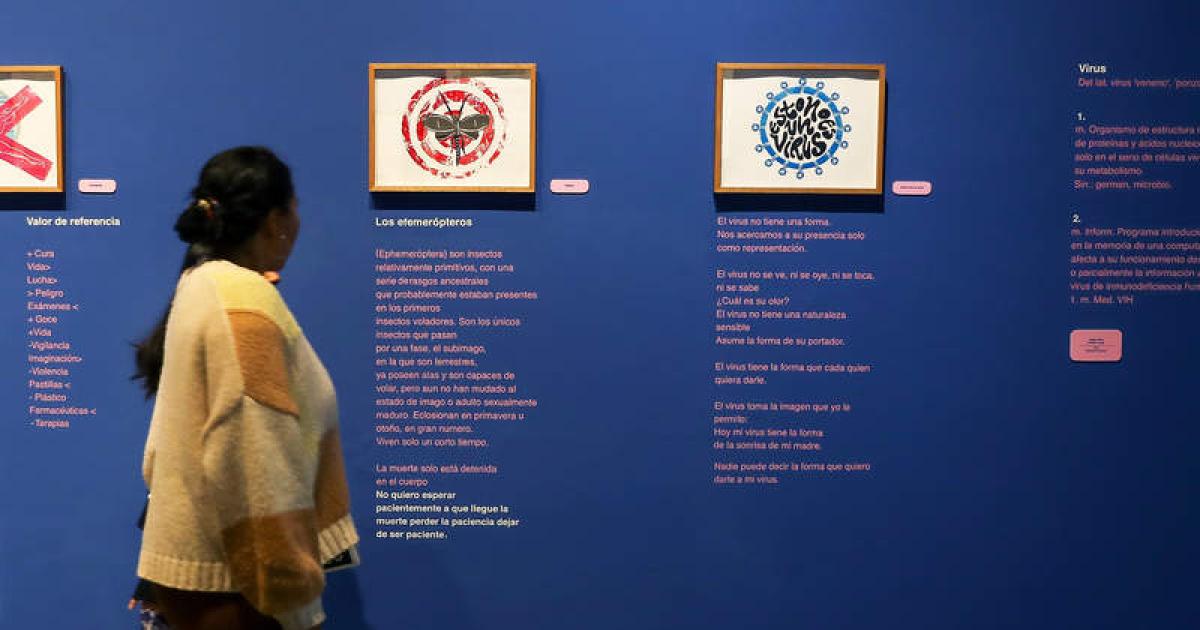Health Pays for Cure for More Resistant HIV

About 250 patients who became infected with HIV in the 1990s and started taking the first antiretroviral drug, known as AZT, developed resistance to all treatment they were given over the years. Now they will benefit from a new drug, lenacapavir, which has been reimbursed by the state health service since July this year.
Most of these people are now between 60 and 65 years old, are in the respective hospitals and have managed to survive despite the “multiple resistance” that their body generates over and over again. As they age, they also suffer from other diseases and undergo additional treatments while the virus multiplies, which means they have to take up to ten different drugs a day, says Luz Martin Carbonero, a specialist in the HIV department at the La Paz Hospital in Madrid, at the forum “Multiple drug resistance in HIV: a serious clinical and public health problem”. “There is also an emotional burden,” says Martin Carbonero.
Spain is the eighth country to approve the new drug, developed by Gilead and sold under the name Sunlenca by the Social Security Administration, along with the United States, France, Italy, Austria, the Netherlands, Denmark and Switzerland. It is also one of the countries whose scientists contributed to the analysis of the compound in a cohort study, which achieved 83% “efficacy in terms of virological suppression” and is administered subcutaneously twice a year, making it easier to administer, especially in vulnerable groups.
In addition to improving the quality of life of patients, its introduction will improve prevention to reduce HIV transmission, which in Spain remains stable at around 3,000 people per year. By making the viral load undetectable in patients who are resistant to other drugs, the possibility of transmission is eliminated.
“At a collective level, the risk of transmission is reduced,” says José Luis Blanco, a specialist in the infectious diseases service at the Barcelona Hospital Clinic, who took part in a study published in May. “These figures had not been reached before, before they ranged from 40% to 70%. Tolerance was really good. Only 10% had nausea and some inflammation or pain from the injection, which did not affect the administration of the drug to a patient who had no other options.
